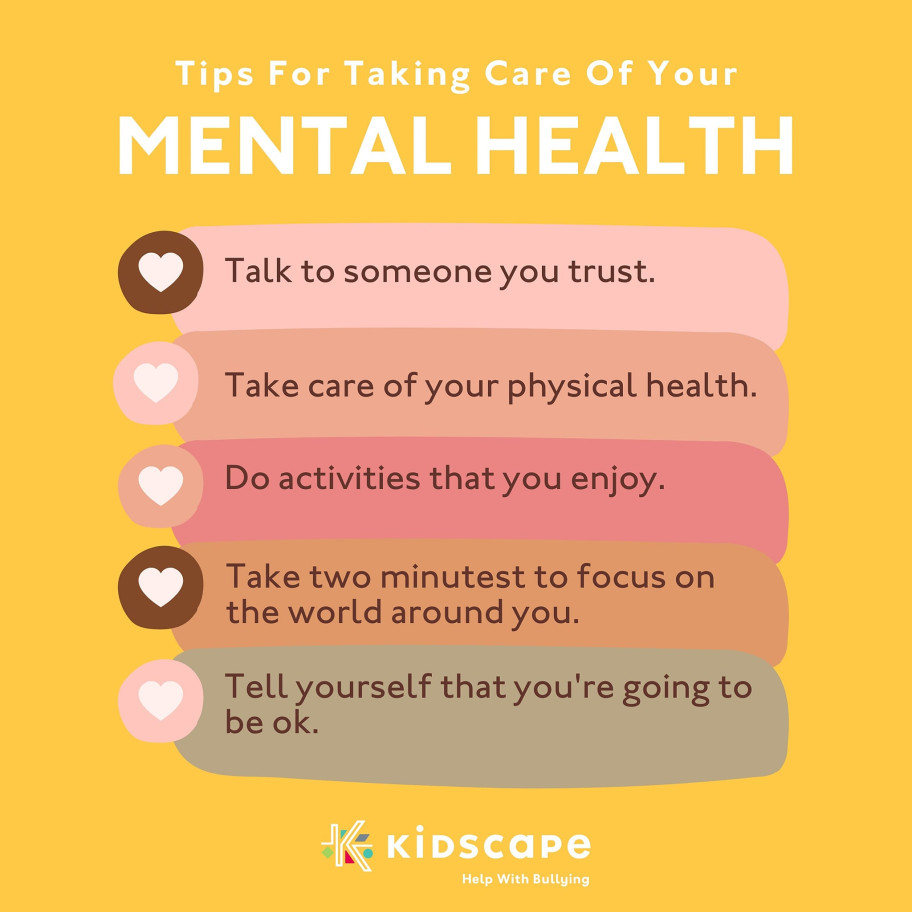Food Fight: Feeding Fussy Eaters
When it comes to mealtimes, feeding our fussy eaters can be a challenge. Whether it is a refusal to eat it, tears, or anger, our mealtimes can often become a battle when it should be a relaxing family time. And sometimes the fussiness happens when you least expect it. Even if your children choose their own meals, they can often turn down the unwanted broccoli or cup of water.
Nelly Edwards, SUSO brand manager, says: “Mealtimes should be a chance for families to bond, share stories, and relax after a long day. They shouldn’t be a stressful time leaving everyone around the table wishing they had eaten alone. It’s important to be patient, even when you and your child are hangry!”
Here, we explore how to make your mealtimes a happier environment by encouraging your children to explore their food and drink better – improving your dinner times, no matter the food you choose.
Bridging your foods
When it comes to feeding fussy eaters, they have their own comfort foods which they return to time and time again. By bridging new foods from these comfort foods, it is more likely your children will try them. Find the foods your children enjoy and discover why they enjoy these food groups specifically. Perhaps it is a texture thing or a sweet versus savoury battle.
If your child is keen on pureed vegetables, for example, carrots, then you can bridge the gap between this vegetable and others by finding similar-looking vegetables. Picking pureed swede or sweet potatoes can help your child sample new foods under the pretence that they like something similar. This can also help introduce your kids to water, by transitioning from their favourite fruits to fruit juice based soft drinks, then flavoured water and plain water These “food bridges” are perfect for encouraging them to expand their palette without adding the stress of something completely foreign to their plate.
Remember that taste buds change
Feeding your picky eaters isn’t a one-time problem. Instead, you should attempt serving difficult foods multiple times across a span of time. Remaining consistent can help you explore more foods. This isn’t strongarming your children into trying their celery, and not leaving the table until they have. Instead, this is allowing time to pass and then returning to a food or drink item. Don’t discount food as soon as the child says no – they might grow into it later.
This is because taste buds change every two weeks, approximately, and so something your child might not like one month might be one of their favourites the next. If you want to work towards a food item which causes distress to your child more than then simply disliking the taste, you can work on the food bridges mentioned before to make the idea of trying this new item seem like a less daunting task for your little ones.
Plan family mealtimes together
Rather than serving your child alone and watching them eat, it can be less daunting to plan a family mealtime together. With the focus not being solely focused on your child, this could encourage them to explore at their own pace better. This can ease even the fussiest child into eating. With studies showing that 80% of parenting is modelling, ensuring that you are eating in front of your child can actually better their own eating practices. Imitation is a strong teaching tool for young children, so exploring food similar to theirs on your own plate could mean they are more likely to attempt new food items.
Eating together also promotes a food schedule which can help your child regulate their hunger and encourage them to eat. Allotting a specific time can encourage patterns of behaviour in your children, allowing them to eat and sleep better. This can also mean you will be better able to judge their hunger levels. Offering their untouched or unfinished meal when they ask for food after dinnertime, rather than providing snacks, can mean your children are more likely to try and finish their meal.
Get your little ones in the kitchen
To enjoy the food on their plate, your children should have a positive experience with food outside of mealtimes. Guiding your children through the process of preparing and cooking their food can be beneficial for their fussy palates. You can do this by offering education on where their food comes from, spending some additional time when shopping to explore the foods your children are drawn to and attempt to make a meal together from these.

Link green with good
If your child has a preference for unhealthy food, it can be difficult to encourage them to eat their leafy greens and other healthy food and drink items. The trick here is to link healthy items with a positive environment. If your child is a fan of sports, ensure you have bottles of water and healthy snacks on hand for their break. If your child associates these healthy items with good memories, they might be less likely to turn them down.
Try not to stress
Understandably, mealtimes can be a stressful time, full of frustration, tears, and even tantrums. However, maintaining a calm environment could be the best way forward to encourage your child to try new things. However, don’t sacrifice the goal of self-led eating for a bit of peace and quiet. When you are trying to get your child to have a healthy, balanced diet, you cannot bribe or distract them into trying. As tempting as it might be to place your child in front of the television and sneak their most hated food items onto the plate in the hopes they grab it, this can make your task more difficult in the long run. Your child needs to choose to eat their food for the best results.
Peak your child’s interest
You shouldn’t distract your child from the food items they are about to encounter, but you can make the meal an entertaining and intriguing one. Make the food more than just a plate, make it a story. This can be done in many ways, including creating gravy or bean lava coming from a mash potato volcano alongside turkey dinosaurs, as seen on social media, for example. Not only will this make your child explore the food, but it could also make eating it a more fun experience.
We all need a good balance of foods, from fruit and vegetables to protein and the all-important water consumption. But fussy children can often dislike the most vital food groups for our good health, and it can be difficult to find ways around it – making mealtimes a stressful event for all parents. However, finding items which interest your children can be helpful, let them explore the supermarket with you and pick out some items for their menu, as well as prepare it with you. Remember, this will need patience as it can take time but eventually your child will reach for those currently neglected foods!
Here, at SUSO, we believe you don’t have to compromise great taste for health. To learn more about our nutritional values, visit our product pages today.
Sources:
https://www.seasonalspuds.com/recipes/mash-volcanoes
https://kidshealth.org/en/kids/taste-buds.html#:~:text=The%20average%20person%20has%20about,than%20they%20do%20to%20adults.
https://www.theparentpractice.com/blog/80-of-parenting-is-modelling#:~:text=80%25%20of%20parenting%20is%20modelling.,we%20model%20and%20copying%20us!
https://magnificentmunchers.co.uk/benefits-of-cooking-with-a-fussy-eater/








